Do you ever have those times when you have a million things on your plate, and it feels like there aren’t enough hours in the day? That’s been me for the last month. I have had an abundance of things on my mind and not enough time to do them all. So with that in mind, I took my scattered thoughts and asked ChatGPT to write them out for me. So here is the collaboration between my mind and an AI regarding the importance of the Arts in Rural Communities. It’s a lot more than anyone realizes.
Title: The Vital Role of Art in Rural Communities: Cultivating Creativity and Connection
Introduction: In our bustling world, where technology dominates and urban areas flourish, it’s easy to overlook the quiet beauty and cultural significance of rural communities. While rural areas may not always be in the spotlight, they are home to rich traditions, heritage, and a deep sense of community. Art, in its various forms, plays a critical role in preserving and enhancing the vibrancy of rural communities. In this blog, we will explore how art is not only a source of aesthetic pleasure but also a catalyst for social, economic, and personal growth in rural areas.
- Preserving Cultural Heritage: Art serves as a vessel for preserving and celebrating the unique cultural heritage of rural communities. Traditional crafts, folk music, dance, storytelling, and visual arts are deeply rooted in rural traditions and reflect the identity and history of the people who inhabit these areas. By supporting and promoting local artists and artisans, rural communities ensure the continuation of their cultural legacy for future generations.
- Building Community Identity: Art fosters a sense of pride and identity within rural communities. Local art initiatives, such as community art projects, mural paintings, and public sculptures, not only beautify the surroundings but also contribute to a shared sense of ownership and belonging. The process of creating and appreciating art brings people together, fostering social connections and strengthening community bonds.
- Economic Development: Art can be an engine for economic development in rural areas. By establishing galleries, studios, and art-related businesses, rural communities create opportunities for artists to showcase and sell their work. Art festivals, craft markets, and studio tours attract tourists, generating revenue and boosting local businesses. In this way, art not only enriches the cultural fabric of rural areas but also provides livelihoods and contributes to economic sustainability.
- Enhancing Quality of Life: Art has a transformative effect on the quality of life in rural communities. Access to artistic experiences, such as theater performances, music concerts, and art exhibitions, promotes personal growth, intellectual stimulation, and emotional well-being. Art has the power to inspire, provoke thought, and evoke emotions, providing an avenue for expression and reflection in rural areas that may otherwise lack diverse entertainment and cultural opportunities.
- Inspiring Creativity and Innovation: Art nurtures creativity, and rural communities can benefit greatly from this aspect. By encouraging artistic expression, rural areas foster an environment that embraces innovation and problem-solving. Art education programs in schools and community centers cultivate the creative potential of young minds, empowering them to think critically, explore new ideas, and develop skills that can be applied to various fields beyond the arts.
- Attracting Tourism and Cultural Exchange: Art can be a powerful magnet for tourists, drawing visitors from far and wide to experience the unique cultural offerings of rural communities. Festivals, exhibitions, and artistic events become opportunities for cultural exchange, enabling residents to share their stories, traditions, and talents with visitors. Through tourism, art opens doors to new perspectives, ideas, and economic opportunities, creating a positive ripple effect for the entire community.
Conclusion: Art is not a luxury but an essential thread that weaves the fabric of rural communities together. It preserves cultural heritage, strengthens community identity, stimulates economic growth, enhances the quality of life, inspires innovation, and fosters cultural exchange. By recognizing and supporting the critical role of art, we can ensure the sustained vitality and prosperity of rural areas, celebrating their unique creativity and fostering connections between people, places, and traditions.
